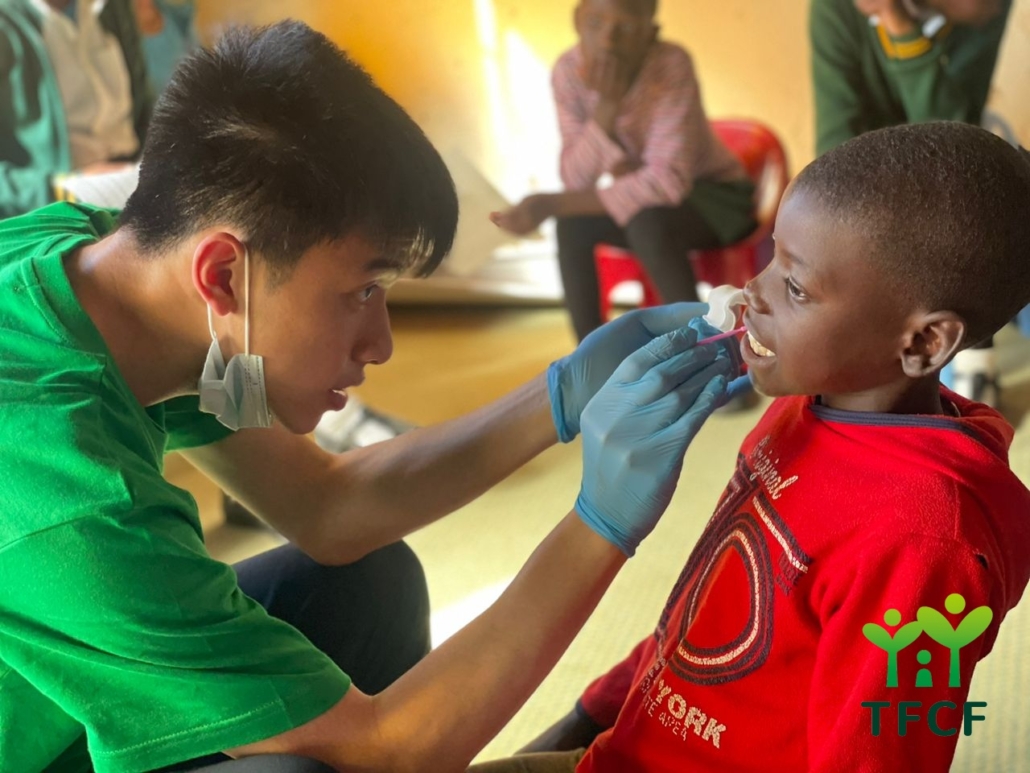Participants praise TMU pharmacy preceptor training program in the US
Source: College of Pharmacy
Published on 2019-07-12
TMU initiated a clinical pharmacy overseas preceptor training program in 2013 to develop the new six-year clinical pharmacy program, enhance affiliated hospital pharmacist development and promote best practices in clinical pharmacy.
Each year, participants are selected from Taipei Medical University Hospital, Shuang Ho Hospital and Wanfang Medical Center. Pharmacists with two years of working experience in TMU affiliated hospitals can compete to train at an international university or hospital allied with TMU’s College of Pharmacy.
Chieh-Ju Han R.Ph., Shuang Ho Hospital
During her university studies, Chieh-Ju Han R.Ph. often heard that clinical pharmacy in the U.S. provides advanced training and was a model for Taiwan’s pharmacy sector. She says she was very honored to participate last year, and that experiencing the pharmacy practice in the US expanded her understanding of pharmacist’s many clinical roles.
From February through July, she was trained at the University of Illinois at Chicago, working mostly in the ICU, attending ward rounds, topic discussions and meetings. She also spent time in the infectious disease division and the HIV and hepatitis clinic. Miss Han says she found that U.S. and Taiwanese pharmacists’ jobs and information systems differ significantly.
In addition to clinical work, pharmacists in the U.S. also conduct research. She said entire medical teams often take more daring approaches in treating patients, breaking away from recommended guidelines to provide treatments based on their judgement or on relevant case studies. Much less complicated administrative procedures also allow the team to better focus on clinical services.
Miss Han believes huge improvements can be made in Taiwan’s pharmacy sector. Although the U.S. system cannot be fully applied to Taiwan, she said it can provide directions for improvement over time given cooperation from care team members.

Shuang Ho pharmacist Chieh-Ju Han (second from left) shares her experiences during the preceptor training in the US
Shih-Ying Cheng R.Ph., TMU Hospital
TMU Hospital’s Shih-Ying Cheng, R.Ph., received the preceptor training from February through August, with the first four months spent observing pharmacy care at the Ohio State University’s James Cancer Center. Then she spent 2 months at the NorthShore University Health System’s Evanston Hospital learning pharmacogenomics applications.
At the former post she joined pharmacists on daily ward rounds, discussed patient conditions and participated in groups on immunotherapy and bioequivalent drugs, gaining insights into how pharmacists help draft internal guidelines and medication use policies. As James Cancer Center is one of the few Phase I/Phase II Clinical Trial Centers established and funded by the U.S. National Cancer Institute, it emphasizes monitoring and care for clinical trial patients. Miss Cheng learned how to use new cancer therapy, how to comply with agreements and educate patients, and how to advise physicians on medication use.
As NorthShore was the first U.S. medical center to offer pharmacogenomics consultations, its pharmacists help the public and staff understand the value of pharmacogenomic testing. Miss Cheng said the complete integration of such test results with the physician order system can provide helpful alternatives. She said she valued the chance to study U.S. medical institutions, particularly the roles clinical pharmacists play in cancer treatment and precision medicine. This training program will help the hospital internships in TMU new 6-year pharmacy program.

Pharmacist Shih-Ying Cheng with NorthShore Molecular Medicine Center team
Ya-Ting Chuang, R.Ph, Wanfang Medical Center
Pharmacist Ya-Ting Chuang completed the preceptor training at the Ohio State University Hospital, Hospital of the University of Illinois at Chicago and the Community Regional Medical Center from February through August. She worked in a variety of areas (ICU, infectious diseases, medication consultation office, ER, outpatient treatment and internal medicine) to learn U.S. pharmacy norms.
She said that compared with Taiwan’s physician order systems, U.S. systems offer more diverse templates for patient records: subjective, objective, assessment/analysis, plans and standard procedures. She noted that many shortcut keys make pharmacists’ jobs easier, as U.S. information technologies promote efficient use of human resources, saving time and broadening pharmacists’ development potential.
In terms of teaching skills, Miss Chuang observed that the U.S. uses guided thinking to help students move from books to bedside. This means letting students think about questions and search for answers while instructors reward them for thinking “outside the box.” Miss Chuang said U.S. pharmacists know proven approaches but are not slaves to them, given frequent challenges for which no single correct answer exists. At this point pharmacists must rely on logical problem-solving, which she said can be taught.

Pharmacist Ya-Ting Chuang (right) with a Wanfang Medical Center colleague
Miss Chuang said U.S. pharmacy students go into the community to interact with patients at a very early stage of their training, and are encouraged to help both junior colleagues and students from other departments. For example, Miss Chuang tutored pharmacy students in non-prescription medication courses. She said this gives communication experience that is helpful when students enter their hospital internships, as they have taught others and know how to communicate with staff in other disciplines.

A U.S. pharmacist (first from right) and pharmacy students conduct medication interviews at a senior citizens’ center


























